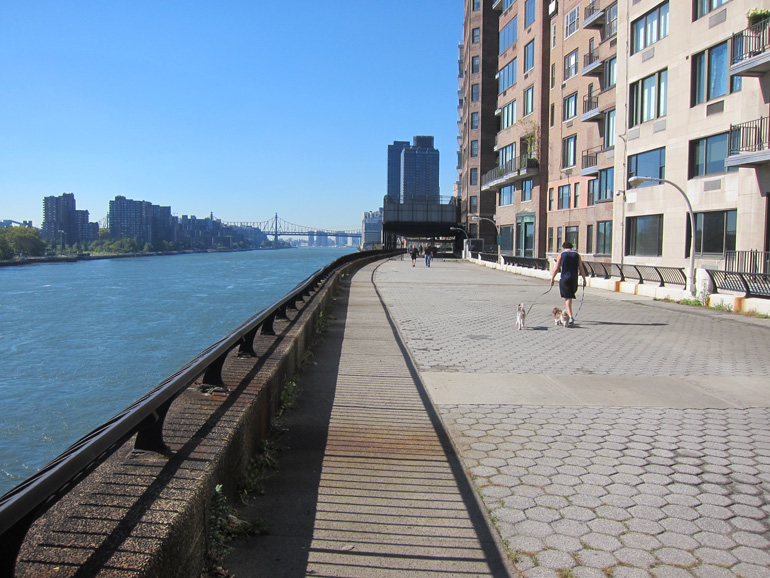Gotham Diary:
The Trays
1 October 2012
On Saturday night, after dinner, Kathleen remarked that she never heard anyone other than an infant addressed as “baby” until she was in her teens — what a proper upbringing! I knew that “baby” was not used by the nice people among whom I grew up, and was vaguely disturbed by the suggestion that a man who called his wife “baby” was still overtly in love with her (that is to say, adolescent). “Babe,” however, happened to be the nickname of one of my parents’ cocktail-circut friends. Like the famous batter, Babe Shea was a man; unlike him, a very tall one. I remember Babe Shea as looking something like Gregory Peck; he was certainly that nice. He and his wife, Hope, lived in an old stucco house a few streets away — just outside the Village but quite close to Siwanoy, the country club — that was notorious for its flooding basement. A sump pump had to be run at all times. This was regarded by my mother as a deep tragedy, worse than childlessness. A leaky foundation was something like untreated cancer, you’d have thought.
I had been looking for something in the afternoon, and the blue room was a tumult of ejecta from the closets. It so happened — I remembered, as we talked in the evening — that one pile of stuff was topped by two silver trays, the trays that I can’t use and can’t think what else to do with. One tray was presented to my parents when they moved from Bronxville to the Texas, in 1968. The other was given to my father on his sixitieth birthday, in 1974, by a new group of friends. Both trays are covered with engravings made from my parents’ friends signatures, surrounding (in each case) a big gothic “K.” I remembered, mentioning Babe Shea, that he and Hope were represented (in her hand, I’m sure) on the Bronxville tray. Sure enough.
My sister and I are the only people in the world who could possibly recognize any of the names on both trays. There are perhaps two hundred people at the most who would recognize most of the names on either — possibly far fewer. The Bronxville tray will be fifty years old in a few years, and, given the American penchant for moving about the country, the network that connected my parents and their friends has largely broken down. Someone for whom the names of Edna and Johnny Caesar might ring a bell would probably not have a clue about Jeanne and Matt Leckey. Already in 1968, there were two widows, Kay Schramm and June Black. (I’d gone to grade school with Kay’s son and June’s daughter; years later, I ran into the latter at a party, and learned that she had pursued a successful career as a hands model.) And the Clearys didn’t sign, because, dear as they were to my parents, they had perished ina plane crash thirteen years earlier.
The autographs on the Bronxville tray bring back most of the signers with great clarity, because I cannot really remember a time at which I was put to work, on New Year’s Eve, passing hors d’oeuvres to them in our living room. I was not much of a reader as a boy, but I remember Johnny Caesar very much as if he were a favorite character from a story book. (It’s no wonder that I’ve always been inclined to drink more than I ought.) Grace Byrnes, who with her husband had moved to Southern California before my parents went to Texas (we visited them once), did not sign the tray, but she comes to mind along with the people who did, because she was my idea of a fairy godmother, and I would bring her special plates until my mother put a stop to such foolishness. These were the characters who decorated my childhood. The tale is not one that I would pull down from the shelf and read, but the tray is like the spine of a thick book. I suppose that, for the tray to have any continued meaning after I’m gone, I should have to write out the text.
It would not make for hours of reading. A few of the names mean nothing even to me. And, aside from the fact that he worked for JC Penney, which nobody in Bronxville had ever heard of (at that time), I’ve already told you everything I know about Babe Shea.

